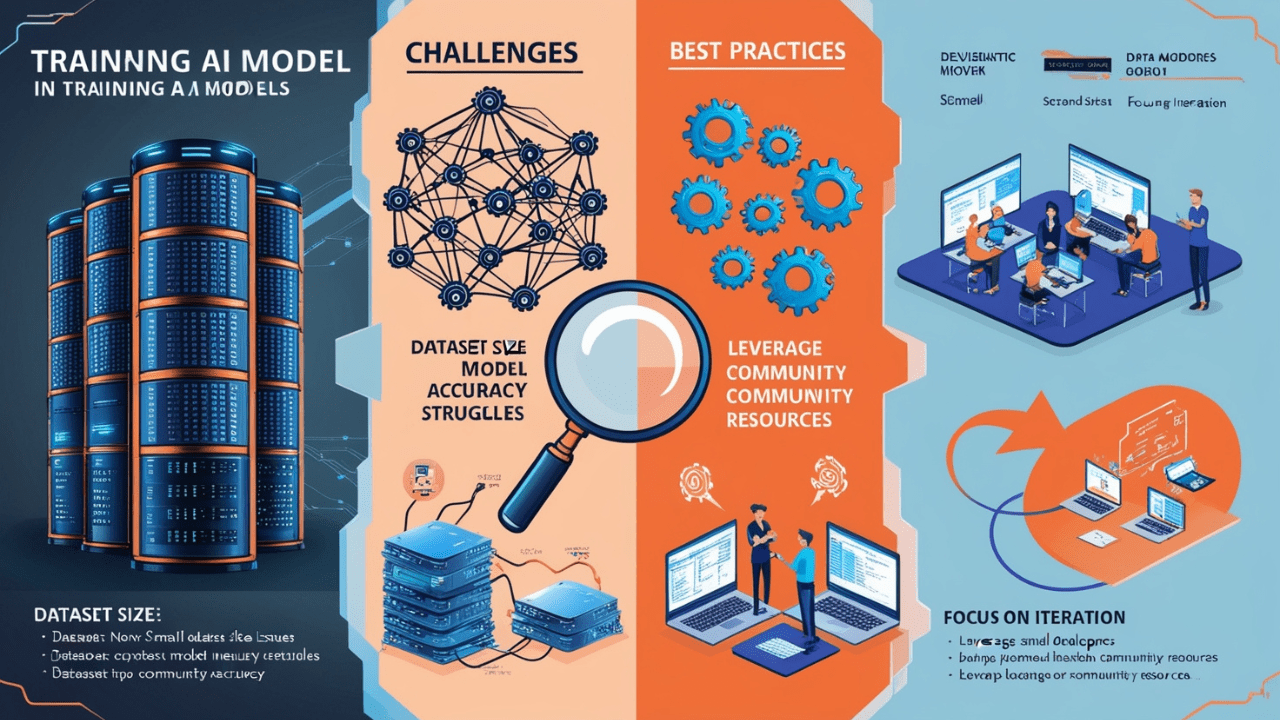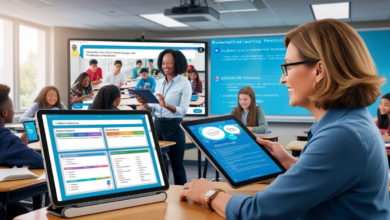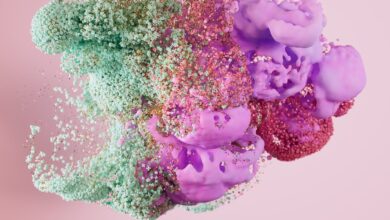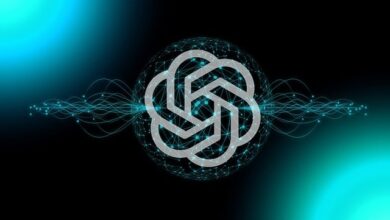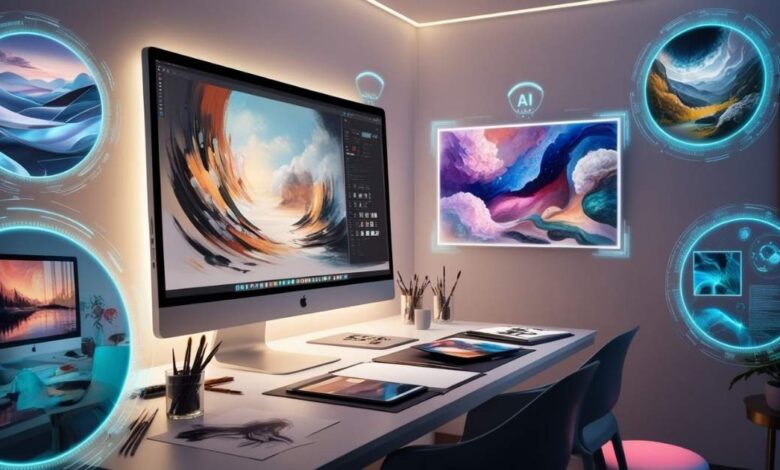
How to train AI models for custom art generation, Art, specifically, is receiving a drastic change through AI. The concept of training AI models for custom art generation in 2024 has become a hot discussion among developers, artists, and creativity.
Thanks to the ability to suggest images independently, AI models are enabling creators to create individual works that meet certain styles and tastes.
In this guide, you will learn the steps to train your own AI models and the steps involved in creating perfect bespoke art to your desired specifications.
Key Takeaways
- Such a method will allow for improving the quality of the artwork and the creation unique art collection using AI models with the help of the proper datasets.
- There are Stable Diffusion, GitHub libraries, and MidJourney that can help with generation.
- This work shows that the integration of AI for artwork generation elevates art to another new dimension.
- The two key gates of the future for AI art can be summarized in its stepping into its place as one cog in a larger creative machine.
- In the training of custom models, one has to categorize the datasets, optimize the frameworks, and verify the results.
Understanding the Basics of AI in Art Generation
In the art generation, therefore, AI is revolutionizing how we create and interact with visuals. We will also outline the basic concepts, software, and terminology of this richness of the technology and creativity intersection.
What is AI in Art?
AI means artificial intelligence which implies computer systems able to solve problems requiring intelligence of a human being. When applied to art, artificial intelligence imitates the real art of people; it assists machines in creating new images, drawings, and works of art.
It uses machine learning techniques to work with huge sets of data containing art images and then defines patterns within the context and generates the visuals corresponding to a certain style or input sample.
There exist a variety of positive consequences in training AI models; you can create brand new works of art with the desired characteristics tailored to the user or project.
Key Terms to Know
- AI Image Generation: Digital illustration, and graphics, which involves designing particular pieces of art with the help of artificial intelligence.
- AI Model: A machine learning model that has learned from sets of data to accomplish tasks such as producing an art piece in a specific style or color.
- Generative AI: A subfield of artificial intelligence that involves creating new content – music, text, art or video – from data by analyzing existing information and then reconstructing it into a new work.
Examples of Popular Tools
Artificial intelligence in art generation has many tools with focus on the needs of an artist. Here are some of the most popular ones:
- Stable Diffusion: As an upgraded version, this tool provides first-rate graphics, which can be modified according to one’s preferences. As professionals or students, it is preferred due to the high accuracy and versatility of the results.
- MidJourney: An online platform that is under artificial intelligence where people get stunning digital artwork mostly for narration, artistic, and branding purposes.
- NightCafe: Well-liked because of its intuitive design, NightCafe is going to be the perfect choice for amateurs and casual artists who would like to try out AI painting.
Why is AI in Art Exciting?
- Empowers Creativity: Cognitive utilities extend the list of opportunities for artist and non-artists who search for a way to implement their visions.
- Customizable Art Styles: Suit artworks for specific topics, moods, or looks and feels.
- Efficient Production: Create high-quality images in as little as five minutes to enhance design productivity for designers and marketing experts.
- Collaboration with Human Artists: AI serves as an inspiration to the creative process or helps with the boring parts where, for example, we need to colorize or scale up.
Steps to Train AI Models for Custom Art Generation
Step 1: Prepare Your Dataset
Organizing a dataset is the first thing you have to do when you are training your AI model. A dataset is a set of images that give details on the style appearance or functionality that a model will have to implement.
- Upload Original Content: It is advised to upload high-resolution images so that the result is satisfactory.
- Align with Your Style: Select pictures that you would like to achieve a particular art style or composition you want to achieve.
- Organize Your Dataset: Separate pictures into categorized groups, which may contain images of the same topic or made in the same technique.
Table: Recommended Dataset Sizes
| Use Case | Number of Images | Example Tools |
|---|---|---|
| Basic Art Generation | 50-100 images | NightCafe, MidJourney |
| Detailed Fine-Tuning | 500-1000 images | Stable Diffusion |
| Advanced Customization | 1000+ images | GitHub repositories |
Step 2: Choose the Right AI Framework or Tool
Choosing the correct tool determines the flow of training.
- Stable Diffusion: Especially useful for pro consumers who want to further adjust the parameters.
- MidJourney: Ideal for fast image creation without bothering with many lines of code.
- NightCafe: Easy to use at least for a beginner and has a simple design.
Compare Free vs. Subscription-Based Tools:
- These free tools, such as MidJourney, offer everyday features but are somewhat restricted.
- Additional activities include an additional set of models and settings, which are available through subscription tools.
Step 3: Fine-Tuning and Training the Model
The process of fine-tuning is about making your AI model look similar to your dataset.
- Upload Images: Upload your dataset to the selected AI platform.
- Iterate and Validate: One should train a model in one cycle to make changes in the model to improve accuracy.
- Optimize Outputs: AI prompts should be used to create test images as well as further improve them.
System Requirements for Training
| Component | Minimum Requirement | Recommended |
| GPU | 4GB VRAM | 8GB+ VRAM |
| RAM | 8GB | 16GB+ |
| Storage | 50GB Free Space | 100GB+ |
| Software | Python, TensorFlow | PyTorch, FastAI |
Implementing and Testing
Once the model is trained, it’s time to test it:
- Generate Outputs: This is the use of input prompts to get visuals.
- Adjust and Iterate: Enhance the testing of the model and make a decision on refining it in case it is necessary.
- Validate Quality: Make sure that the outputs look like the style you wanted for your art.
Tools and Techniques for Art Generation
There are numerous tools and techniques to simplify the art generation process:
- Generative AI Tools: Stable Diffusion, NightCafe, MidJourney.
- Coding Frameworks: It is possible to develop GitHub repositories for the customization of the models.
- Advanced AI: As for the developers AI tools are TensorFlow and PyTorch.

